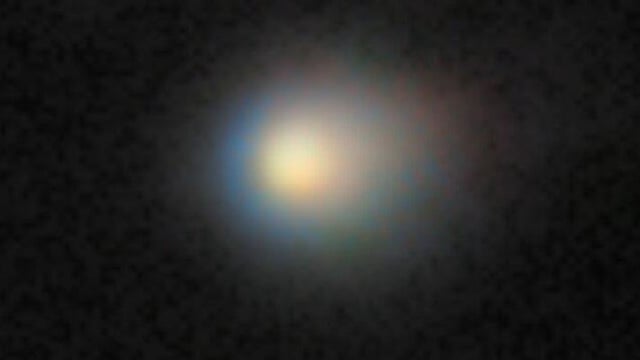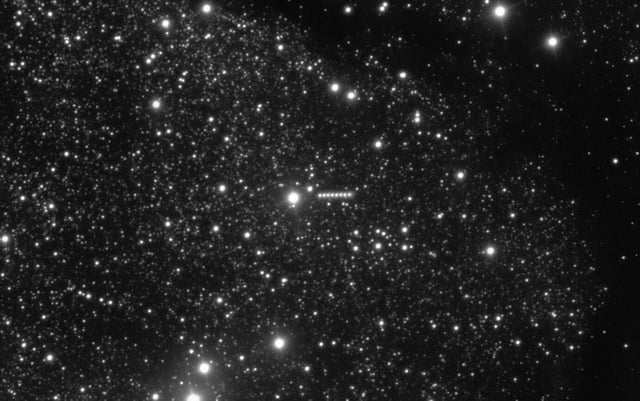Overview
- 3I/ATLAS’s hyperbolic orbit, with an eccentricity of about 6.2, confirms its interstellar origin and sets it apart from solar system comets.
- Gemini North’s Multi-Object Spectrograph and high-altitude facilities in Hanle have imaged a compact coma enveloping a roughly 12-mile (20-kilometer) nucleus.
- Preliminary analyses place its origin in the Milky Way’s thick disk and estimate its age between 3 and 11 billion years, potentially predating the Solar System.
- The comet will reach perihelion at about 1.4 astronomical units on October 30 and make its closest Earth approach at 1.8 astronomical units on December 19 without posing a hazard.
- Its size and brightness offer a rare opportunity to study primitive interstellar material and will inform detection strategies for future surveys and missions such as the Rubin Observatory’s LSST and ESA/JAXA’s Comet Interceptor.



